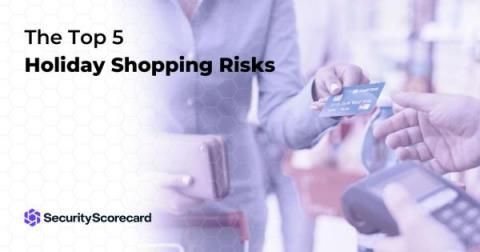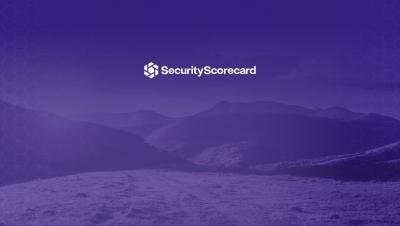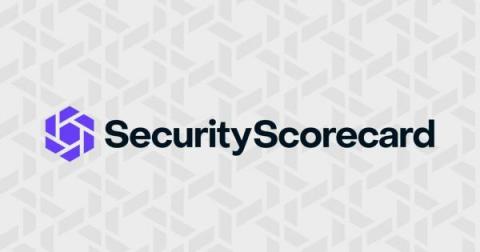Security | Threat Detection | Cyberattacks | DevSecOps | Compliance
Risk Management
'Tis the Season for Payment Fraud: 5 Top Holiday Shopping Risks
Holiday shopping is right around the corner, but unfortunately, Black Friday isn’t just an opportunity for shoppers and retailers — it’s also an opportunity for cybercriminals. While criminals have always been attracted by the money that changes hands on Black Friday, the last couple of years have been a magnet for cyber attacks. The pandemic means that more people than ever shopped online in 2020 — with shoppers spending $14.13 billion online last year on Black Friday.
SecurityScorecard Overview
7 Security Operations Center (SOC) Best Practices for Analysts
Security ratings are becoming a crucial component of every security operations center (SOC). Security analysts must learn how to read, analyze and report security ratings to the CISO effectively in order to help build an enterprise-wide culture of security. Here we outline how analysts can develop a successful security operations center that leverages ratings to evaluate and mitigate cyber risk.
Practice vs Maturity in CMMC 2.0 Framework
Top 7 Security Risks of a Low Code Development for your Enterprise
Who would hate the quick and easily applicable way to create application software? How is it even possible? Doesn't application development demand countless planning, design, testing, and most crucial thing, codes? Well, there was a time when it was required, but now, the low-code development approach helps enterprises build an app with little to no code. Sounds fantastic, right? The low-code development expedites business results and empowers them by speeding up the development of new applications.
How to cyber security: Software supply chain risk management
6 Network Authentication Methods to Prevent a Data Breach
Cybercriminals are continuously finding new ways to steal sensitive information. Having robust network security measures in place is now more important than ever — and network authentication is part of the solution. There are various authentication technologies available that can add an extra layer of protection to prevent security lapses, and each one offers a unique solution. This post will highlight the most common methods for network authentication and answer the following questions.









